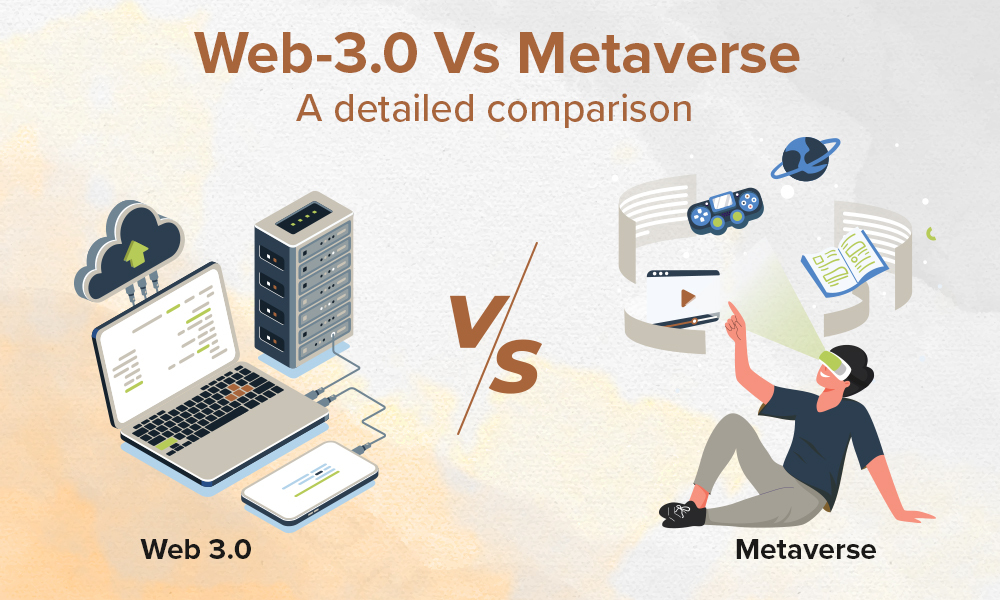Making cross-border payments is necessary for many individuals and organizations to run their business smoothly. The constant increase in international trade is contributing to creating pressure on the payment system to be faster and less expensive. Looking at the current scenario, cross-border payments are typically slower, costlier and lacks transparency. Although several direct and indirect efforts have been made, blockchain has emerged as an effective solution. The technology can meticulously address the pain points in the cross-border payment system by removing the need for banks and other intermediaries. Moreover, blockchain technology has the potential to disrupt the banking and finance industry and eliminate the current system drawbacks.
Drawbacks of the Current System
Cross-border payments have been slow, fuzzy, and expensive. The cross-border payment system suffers from numerous shortcomings such as fluctuating exchange rates, multiple intermediaries, high transaction fees.
According to a study by the board of governors of the Federal Reserve System, “End users and financial service providers consider cross-border payments to be costly and cumbersome.”
Three Main Shortcomings
Speed – Cross Border payment system lacks the speed which is seen with mobile wallet transfers. On an average, it takes around three to five business days to complete a transaction.
Cost – As talked above, cross-border payments involve high bank charges. The usual fees for making a successful international transaction is around 2% – 3% of the total amount, but it can go to as high as 10% where the payment value is low.
Transparency – It is usually difficult for the sender and the receiver to trace the payment throughout the process which creates uncertainty about the transaction and the fund delivery timing. Apart from that, it is quite common where the payments become unsuccessful or get transferred to wrong accounts.
Cross-Border Payments Using Blockchain
Blockchain technology has been creating a buzz in the banking and finance industry for quite some time. The underlying concept of blockchain can make a gainful and profitable impact on the current cross-border payment system. To overcome the current issues, the banking industry is attempting to adopt blockchain to offer instant fund transfer with reduced overall costs.
Benefits Offered by Blockchain
Low Cost – Implementing blockchain technology can bring visible changes in the cost involved in the transactions. Blockchain can reduce the overall transaction cost up to 40% to 80%.
Real-Time Transactions – Currently, the time taken by the banks to complete the transaction is extensive and could be frustrating for someone who needs to make urgent fund transfers. Blockchain, on the other hand is fast, accurate and reliable. It takes around 4-6 seconds to complete a transaction, beating the current speed hands down.
Security – Blockchain stores the data on the immutable digital ledger that is connected to all the nodes. The fact of the blockchain being unalterable, implementing it in cross-border payment system makes it more secure and transparent.
Exclusion of Intermediaries – Blockchain can lead to the exclusion of intermediaries in the cross-border transactions like banks which will, in turn, save a lot of time and money. It will also encourage peer-to-peer transactions using smart contracts ensuring trust is in place.
A fast, cost-efficient, and secured cross-border payment system can boost global business while ensuring smooth transactions amongst the parties. The blockchain technology can make it all possible.



.jpg)
